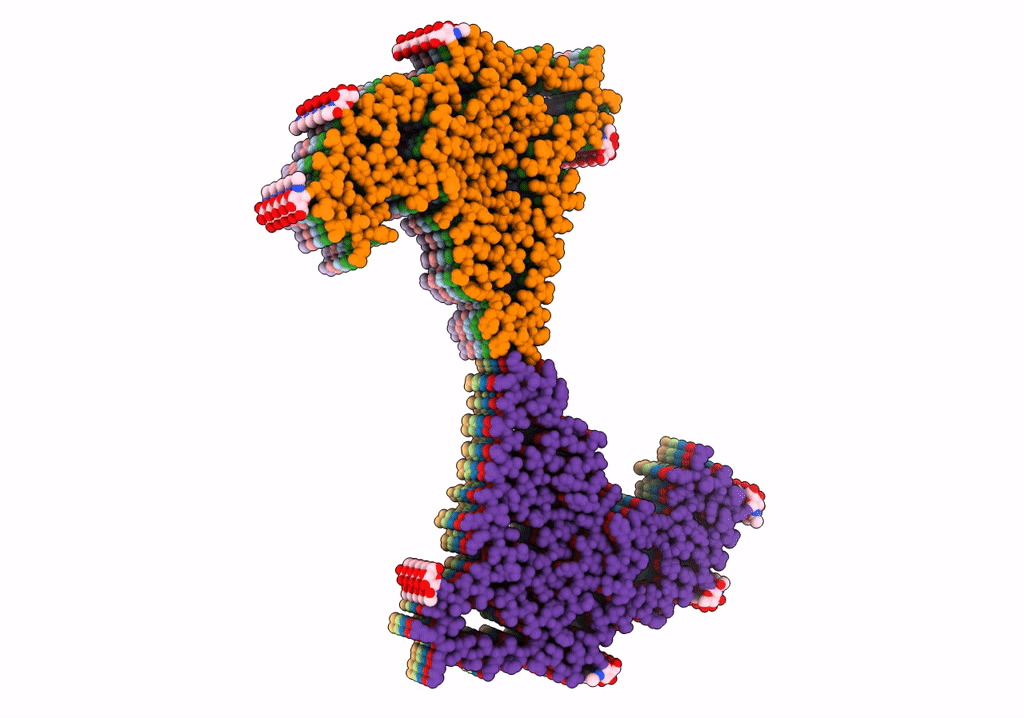
Deposition Date
2021-09-23
Release Date
2022-03-09
Last Version Date
2024-11-13
Entry Detail
PDB ID:
7SAS
Keywords:
Title:
Cryo-EM structure of TMEM106B fibrils extracted from a FTLD-TDP patient, polymorph 3
Biological Source:
Source Organism:
Homo sapiens (Taxon ID: 9606)
Method Details:
Experimental Method:
Resolution:
3.70 Å
Aggregation State:
FILAMENT
Reconstruction Method:
HELICAL


